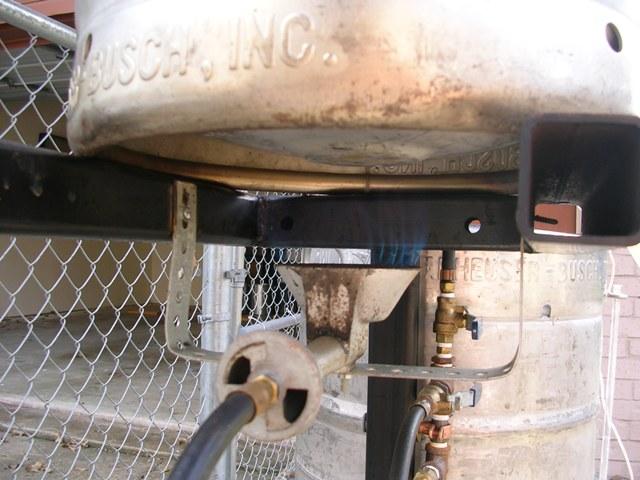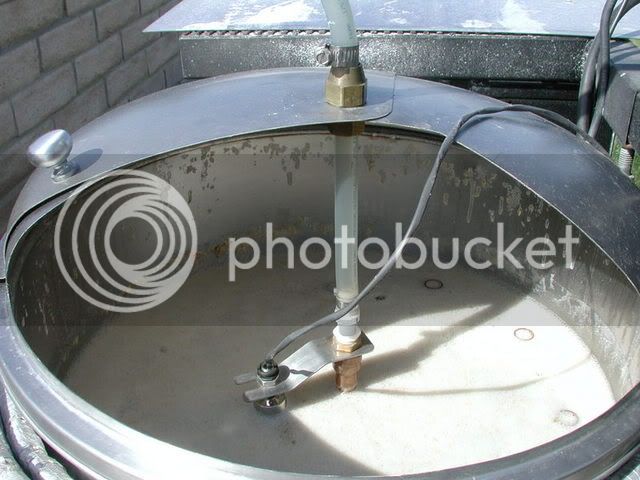Gabe
It's a sickness!
I have been brewing with a three tier gravity setup for a year and a half and want to create a HERMS system out of my existing setup. I have my layout and my design down but I still have a few remaining ?'s. Those of you that run a HOME BUILT HERMS system speak out.
#1 What is the purpose of using a HERMS coil bypass valve when recirculating?
#2 When using a pump to move wort from MLT through an immersed coil and back to the top of the MLT, and youve reached your desired temp or your ready for sparge, how do you get that wort that's still in your coil back to the top of the tun when youve shut off the bottom of your MLT? That's 50' of coil that would hold some wort and a loss if it didn't all get back in.
#3 What advantages do I have with going HERMS over my now proven method of gravity feed?
#4 I have all the necessary keggles to do this along with burners and propane tanks and I love brew toy's just as much as the next guy, but this is going to cost some serious mula$$$$. ( pump, quick connects, 50' copper coil, misc fittings) is this cost and time that my brewery is down going to be worth it in the end?
#1 What is the purpose of using a HERMS coil bypass valve when recirculating?
#2 When using a pump to move wort from MLT through an immersed coil and back to the top of the MLT, and youve reached your desired temp or your ready for sparge, how do you get that wort that's still in your coil back to the top of the tun when youve shut off the bottom of your MLT? That's 50' of coil that would hold some wort and a loss if it didn't all get back in.
#3 What advantages do I have with going HERMS over my now proven method of gravity feed?
#4 I have all the necessary keggles to do this along with burners and propane tanks and I love brew toy's just as much as the next guy, but this is going to cost some serious mula$$$$. ( pump, quick connects, 50' copper coil, misc fittings) is this cost and time that my brewery is down going to be worth it in the end?








